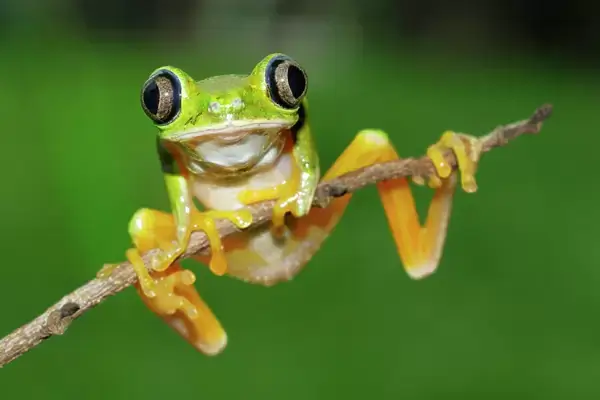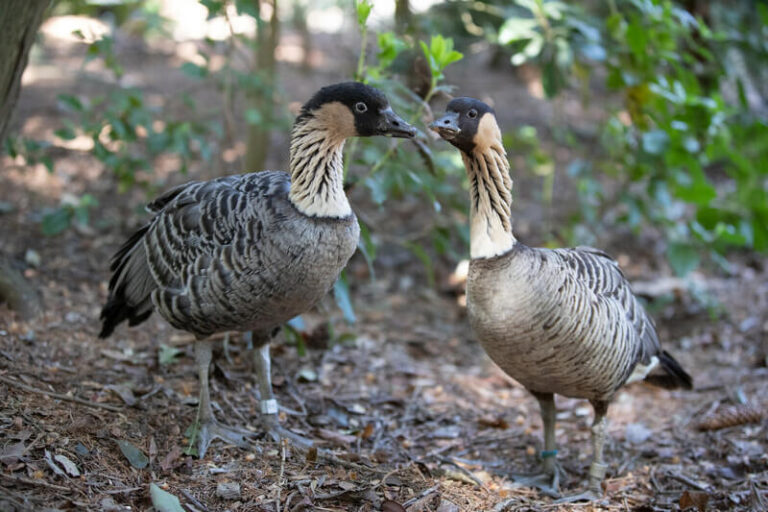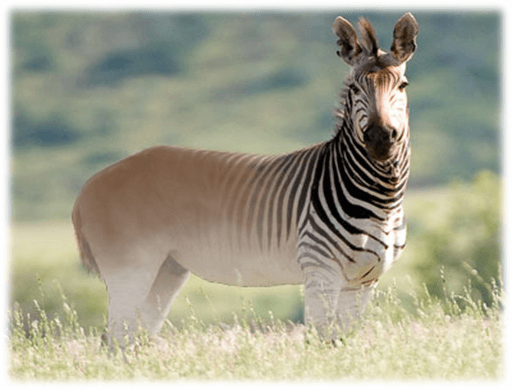Japanese Macaque (Macaca fuscata): An In-Depth Guide
The Japanese macaque, also known as the snow monkey, is a fascinating primate native to Japan. Its striking red face, thick fur, and highly adaptive behavior have captivated scientists and the public. This article explores the Japanese macaque’s classification, physical traits, habitat, behavior, diet, reproductive habits, predators, conservation status, and unique relationship with humans.
Contents
Scientific Classification
- Kingdom: Animalia
- Phylum: Chordata
- Class: Mammalia
- Order: Primates
- Family: Cercopithecidae
- Genus: Macaca
- Species: Macaca fuscata
The Japanese macaque is one of the 23 species of macaques, and it’s the most northerly-living non-human primate, enduring harsh winter climates in the mountainous regions of Japan.
Physical Characteristics

Japanese macaques are medium-sized primates with a robust build. Males are typically larger than females, with males weighing around 11.3 kg (25 lbs) and females averaging 8.4 kg (18.5 lbs).
- Fur: The thick fur is greyish-brown and grows longer in the winter to protect it from the cold.
- Face: One of their distinguishing features is their bright pink or red faces and posteriors, which contrast sharply with their neutral-colored fur.
- Size: On average, adult males measure about 57 cm (22 in) in length, excluding the tail, while females are slightly smaller.
Habitat and Distribution
The Japanese macaque is found across various regions of Japan, including Honshu, Shikoku, and Kyushu islands, as well as some smaller offshore islands. Their habitats range from subtropical forests to subalpine environments, demonstrating remarkable adaptability to diverse ecosystems.
- Habitat Range: Japanese macaques thrive in dense forests, including evergreen, deciduous, and coniferous forests. They have also adapted to living in mountainous regions, even tolerating snowy winters with temperatures as low as -15°C (5°F).
- Snow Monkeys: In colder regions like Jigokudani, Japanese macaques have been observed soaking in hot springs to stay warm, a behavior that has earned them the nickname “snow monkeys.”
Behavior and Social Structure

Japanese macaques are highly social animals that live in matrilineal troops, with each troop consisting of several females, their offspring, and a few males. Group size varies, typically ranging from 20 to over 100 individuals.
- Hierarchy: The social structure is hierarchical, with females occupying higher ranks often inherited through their maternal line. Males are usually subordinate to females but may rise in rank based on strength or age.
- Communication: Macaques communicate through vocalizations, facial expressions, and body language. Grooming is a crucial social activity, helping to strengthen bonds within the group.
- Tool Use: Some troops have been observed using tools, such as washing sweet potatoes in water or using stones to crack open nuts, demonstrating problem-solving abilities.
Diet
Japanese macaques are omnivores with a diet that changes seasonally based on food availability. They are highly opportunistic feeders, capable of foraging in forested and urban environments.
- Spring and Summer: They consume various plant-based foods, including fruits, leaves, seeds, and flowers.
- Autumn: Acorns and nuts become a primary food source.
- Winter: During the colder months, macaques resort to bark, buds, and even insects or small animals when plant matter is scarce.
Their diet adaptability has allowed them to thrive in diverse habitats and climates.
Reproduction and Life Cycle
Breeding occurs in winter, with the birth season peaking in the spring. Japanese macaques are polygynous, meaning that males mate with multiple females.
- Gestation Period: The gestation period lasts about 173 days, and females give birth to a single infant, though twins are rare.
- Maternal Care: Infant macaques are highly dependent on their mothers for the first year of life, nursing and clinging to them. Females are the primary caregivers, while males typically do not participate in offspring care.
- Maturity: Japanese macaques reach sexual maturity around 3-5 years for females and 4-6 years for males.
Predators and Threats
Japanese macaques have few natural predators, mainly due to their agile nature and ability to live in areas where large predators are scarce.
- Predators: In some regions, eagles and large birds of prey may target young macaques. Humans have also posed a threat on rare occasions, mainly when macaques are seen as pests in agricultural areas.
- Human Encroachment: One of the biggest threats to Japanese macaques is habitat loss due to urban development and deforestation. They are also at risk from climate change, which could alter their forest habitats.
Conservation Status
The Japanese macaque is currently classified as Least Concern by the International Union for Conservation of Nature (IUCN). Still, specific populations are facing pressures due to habitat fragmentation and human-wildlife conflict.
- Conservation Efforts: Several national parks and conservation programs in Japan are working to protect macaque habitats, ensuring that these intelligent primates can thrive in their natural environment.
- Legal Protection: Japanese macaques are protected under Japanese law, although regulated hunting is sometimes permitted when they become agricultural pests.
Interesting Facts
- Hot Spring Bathing: Japanese macaques are famous for their wintertime habit of soaking in natural hot springs to keep warm. This behavior was first observed in the Jigokudani Monkey Park.
- Snowball Play: Young macaques have been observed making and playing with snowballs, demonstrating rare, playful behavior among non-human animals.
- Cultural Significance: In Japanese culture, the macaque holds symbolic value and appears in various folklore and religious traditions. They are often seen as messengers of the gods in Shinto beliefs.
Evolutionary History
The Japanese macaque is believed to have diverged from other species around 500,000 years ago. This evolutionary adaptation to colder climates has led to some unique behavioral traits, such as their hot spring bathing, which is thought to be an innovation passed down through social learning.
- Adaptive Traits: Their ability to withstand cold temperatures, forage in diverse environments, and complex social structures are critical to their evolutionary success.
Relationship with Humans
The Japanese macaque has a complex and sometimes challenging relationship with humans. In some regions, macaques have adapted to living near human settlements, even venturing into towns and cities for food.
- Tourism: In areas like Jigokudani, the macaques are a significant tourist attraction, where visitors observe their unique behaviors in natural hot springs.
- Human-Wildlife Conflict: However, in agricultural areas, they are often considered pests due to their tendency to raid crops. Farmers have implemented various deterrents, from fencing to noise-makers, to keep the macaques away.
- Scientific Study: Japanese macaques are among the most studied primates, providing insights into primate behavior, social structures, and human evolutionary history.
Conclusion
The Japanese macaque is a remarkable species with unique adaptations that have allowed it to thrive in various environments, from temperate forests to snowy mountains. Their social intelligence, ability to adapt to extreme climates, and interaction with humans make them a fascinating subject for ongoing research and conservation efforts. While their populations are currently stable, continued protection of their habitats and mitigation of human-wildlife conflict will be crucial for their long-term survival.
- Golden Retriever Pros and Cons: What Every Pet Parent Should Know - 15 September 2025
- Cane Corso Dog Breed: Health, Care, and Lifespan - 14 September 2025
- Catahoula Leopard Dogs: Description, Temperament, Lifespan, & Facts - 21 July 2025







